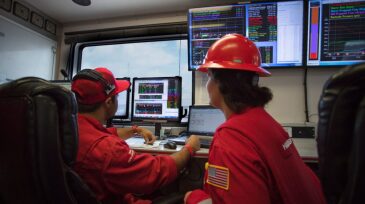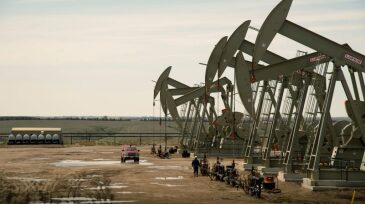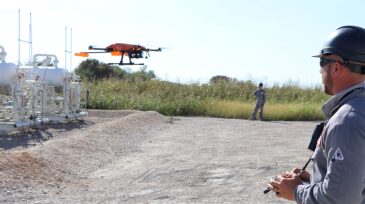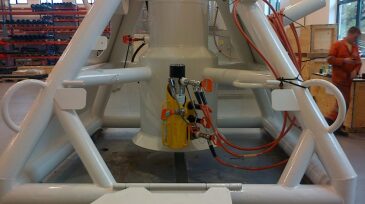Data & Analytics
Switching from continuous circulation to cyclic huff-‘n’-puff operation in enhanced geothermal systems can significantly delay thermal breakthrough, sustain higher production temperatures, and improve long-term economic performance.
Researchers at the University of Houston have developed a new ultrathin, carbon-based film that could make AI chips run faster, cooler, and more energy-efficient.
The energy sector is rapidly transforming toward a data-driven, decentralized future where combining human expertise with AI and machine learning unlocks new efficiencies, solves complex challenges, and creates a decisive competitive advantage.
-
Video games have been seen as a big waste of time for years by parents around the globe. But now, the oil and gas industry sees the underlying technology as a big time saver.
-
The pressure pumping giant turns to algorithms to get better fractures and fewer problems.
-
Well-interference issues can be hard to diagnose, but this startup may be figuring that out. The data-driven process it developed can also help operators come up with more effective ways to use diverters.
-
Hundreds of rod-lift wells in North Dakota are about to get a big upgrade.
-
A recent research effort has shown that the digital journey is full of stumbling blocks. Just like humans, advanced computing technology will get some things right and some things wrong.
-
The company behind the world’s most popular search engine is trying to click with the upstream business at the most distinguished technical event of the year.
-
Venture groups spend their time evaluating hundreds of companies each year to only make a handful of investments. These two cover interesting ends of the upstream spectrum: aerial drones and downhole artificial lift.
-
Acquiring data from an abandoned subsea well has been done before, but never quite like this.
-
Wearable computers are turning heads in the oil and gas industry and appear to be on a trajectory for widespread adoption.
-
R&D may be the key to the survival of companies as the new economics of the industry take hold.













